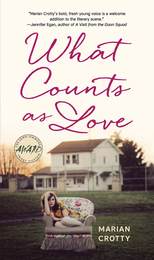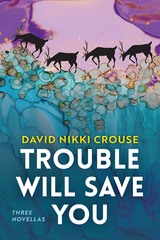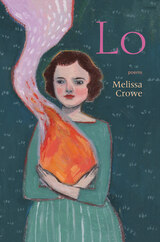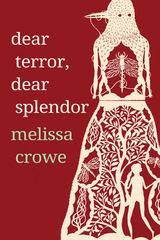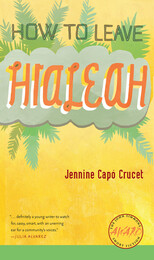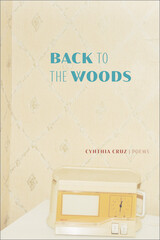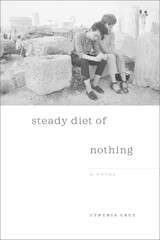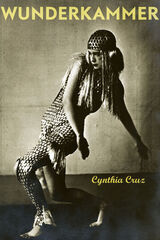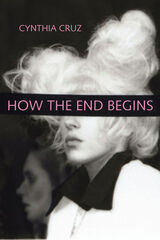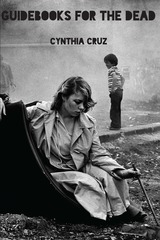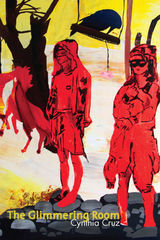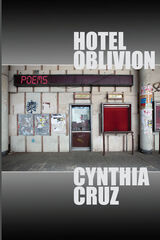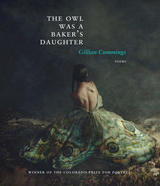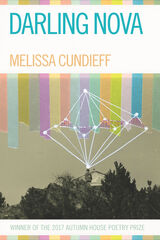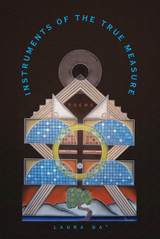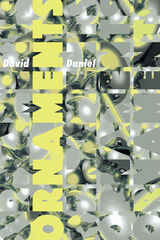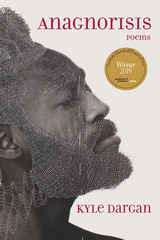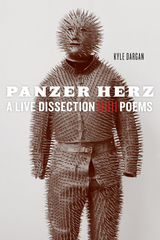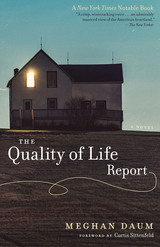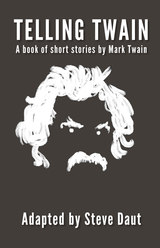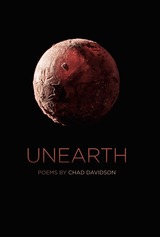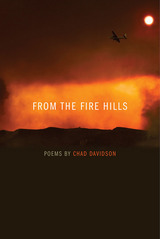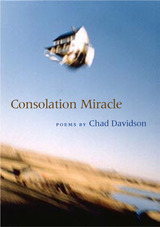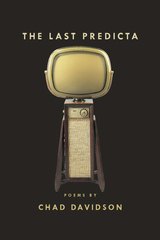The Owl Was a Baker’s Daughter
University Press of Colorado, 2018
Paper: 978-1-885635-65-5 | eISBN: 978-1-885635-66-2
Library of Congress Classification PS3603.U65556A6 2018
Dewey Decimal Classification 811.6
Paper: 978-1-885635-65-5 | eISBN: 978-1-885635-66-2
Library of Congress Classification PS3603.U65556A6 2018
Dewey Decimal Classification 811.6
ABOUT THIS BOOK | AUTHOR BIOGRAPHY | REVIEWS | TOC | AWARDS | REQUEST ACCESSIBLE FILE
ABOUT THIS BOOK
In The Owl Was a Baker’s Daughter, Gillian Cummings gives voice to her version of Ophelia, a young woman shattered by unbearable losses, and questions what makes a mind unwind till the outcome is deemed a suicide. Ophelia’s story, spoken quietly, lyrically, in prose poems whose tone is unapologetically feminine, is bracketed by short, whittled-down once-sonnets featuring other Ophelias, nameless “she” and “you” characters who address the question of madness and its aftermath. These women and girls want to know, what is God when the soul is at its nadir of suffering, and how can one have faith when living with a mind that wants to destroy itself?
If it is true, as Joseph Campbell said, that “the psychotic drowns in the same waters in which the mystic swims with delight,” then Cummings strains the boundaries of this notion: “Is it the same? The desire to end a life / and the need to know how: a flower’s simple bliss?” Her women and girls, part “little heavenling” and part “small hellborn,” understand the emptiness of utmost despair and long for that other emptiness, which can be thought of as union with God, the death of the troublesome ego. Cummings’s poetic ancestors may be Dickinson and Plath and her source here Shakespeare, but more contemporary voices also echo in her poems, those of Lucie Brock-Broido, Larissa Szporluk, and Cynthia Cruz. Here, in The Owl Was a Baker’s Daughter, is what might happen if, after sealing off the doors and turning on the gas, indeed, after dying, a poet had come to embrace the holiness in how “all dissolves: one color, / one moon, all earth, red as love, red as living.”
If it is true, as Joseph Campbell said, that “the psychotic drowns in the same waters in which the mystic swims with delight,” then Cummings strains the boundaries of this notion: “Is it the same? The desire to end a life / and the need to know how: a flower’s simple bliss?” Her women and girls, part “little heavenling” and part “small hellborn,” understand the emptiness of utmost despair and long for that other emptiness, which can be thought of as union with God, the death of the troublesome ego. Cummings’s poetic ancestors may be Dickinson and Plath and her source here Shakespeare, but more contemporary voices also echo in her poems, those of Lucie Brock-Broido, Larissa Szporluk, and Cynthia Cruz. Here, in The Owl Was a Baker’s Daughter, is what might happen if, after sealing off the doors and turning on the gas, indeed, after dying, a poet had come to embrace the holiness in how “all dissolves: one color, / one moon, all earth, red as love, red as living.”

